Route planning solution for a technology company
Our team contributed to the discovery and development of location tracking and route planning software for a company that provides technology solutions for various businesses.

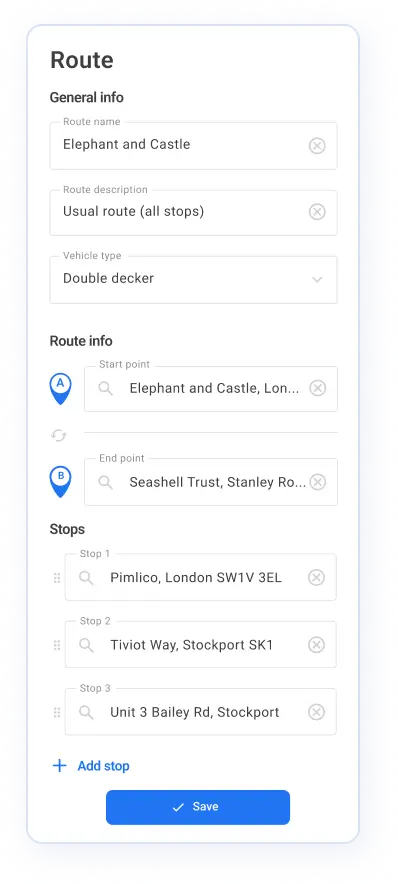
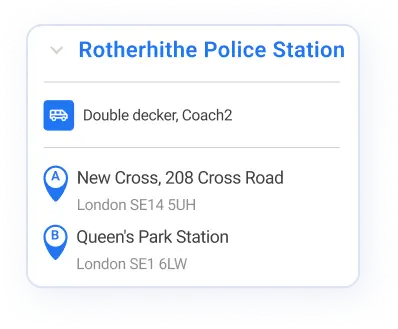
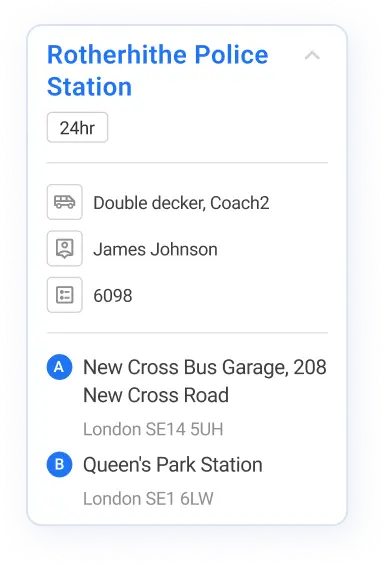



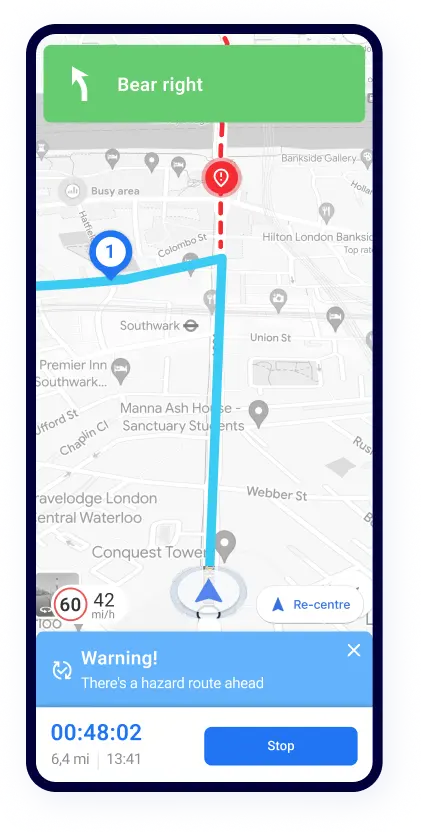
Our team contributed to the discovery and development of location tracking and route planning software for a company that provides technology solutions for various businesses.








High-quality route planning software is significant for public transport, allowing for efficient resource use and reducing road incidents. With the right software solution, we can make our roads safer. This is the task we worked on during this project.
Foresolutions, a technology company that provides efficiency improvement services for multiple businesses, requested our software discovery and development services to launch a logistics app for public transport in London and urban areas. Our client had an up-and-running, full-featured platform for efficient route planning.
The goal was to develop a new module for this platform, integrate it with third-party services like Azure Maps, and use it as the basis for a mobile app and a web admin platform.
To ensure the technical feasibility of the planned software, avoid potential risks, and launch new, error-free functionality fast, Foresolutions chose Clockwise Software as a reliable service provider with proven experience developing location tracking software.
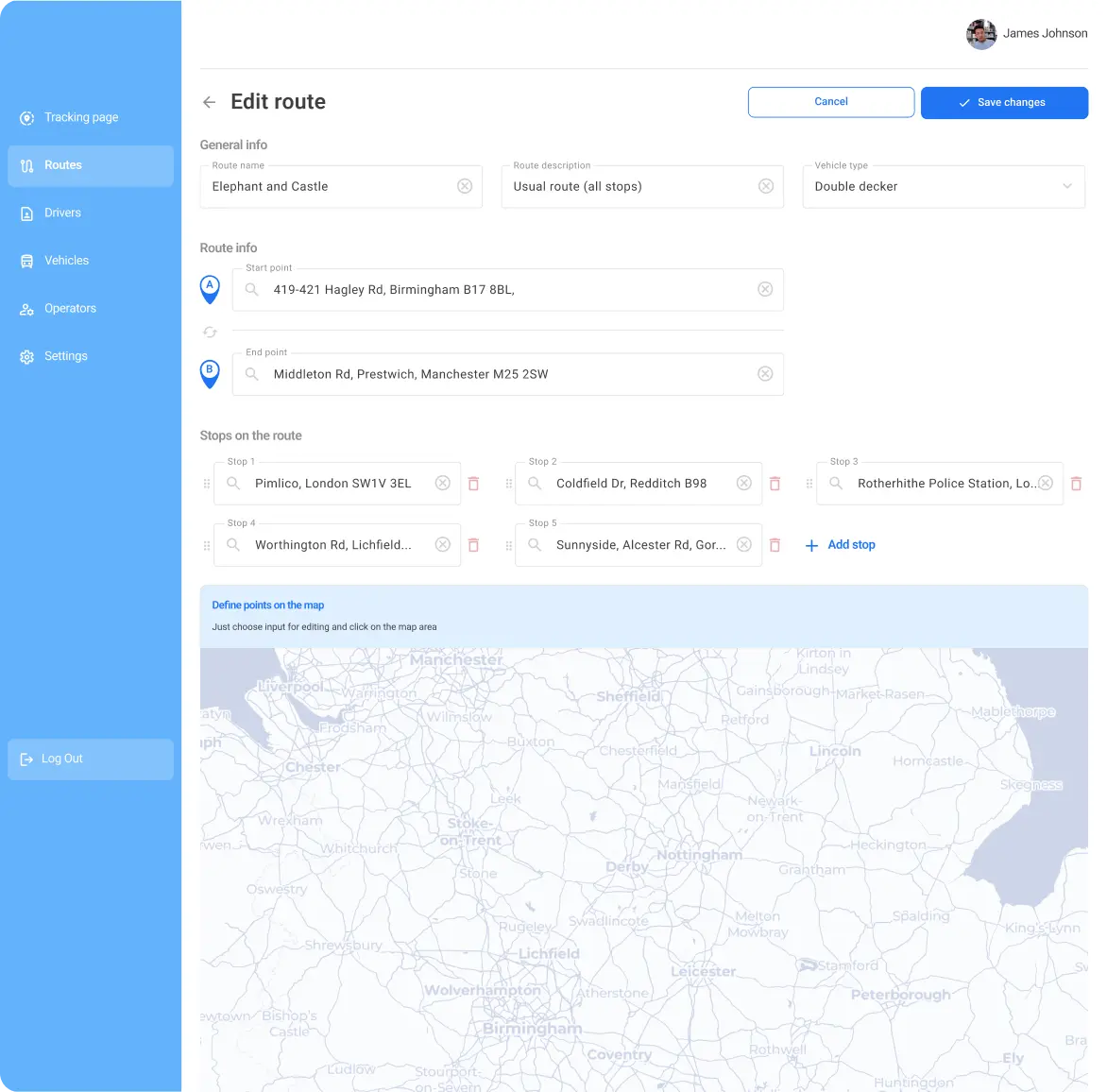

Transportation companies operating in this area noticed critical limitations in available software: most existing navigation apps didn’t account for impassable routes, low bridges, and other hazards that pose challenges for drivers. These challenges may lead to delays, incidents, and even casualties. A product offering broader functionality and meeting currently unmet needs would help to decrease the number of casualties and contribute to transportation companies’ reputations and overall revenues.
To develop a solution that would fully meet our client’s requirements and expectations, we had to:
This is why we started with a project discovery phase, during which we:



With project discovery deliverables in our hands, we launched a development stage and built a mobile application for drivers and a web platform for operators.
This project required deep expertise in integrating third-party services, location tracking, and routing optimization. Together with a Foresolutions project manager and software architect, our team identified several critical product development challenges, developed a plan to handle them, and successfully implemented actionable solutions to these challenges in a mobile app and a web platform.
The end product should meet the needs of multiple categories of users — drivers, operators, administrators, and managers. Each group should have access to specific functionality and route data.
We implemented role-based access to the mobile app and platform: depending on users’ roles and the department or team a user represents, they may view, use, and modify only particular features and limited department-specific data.
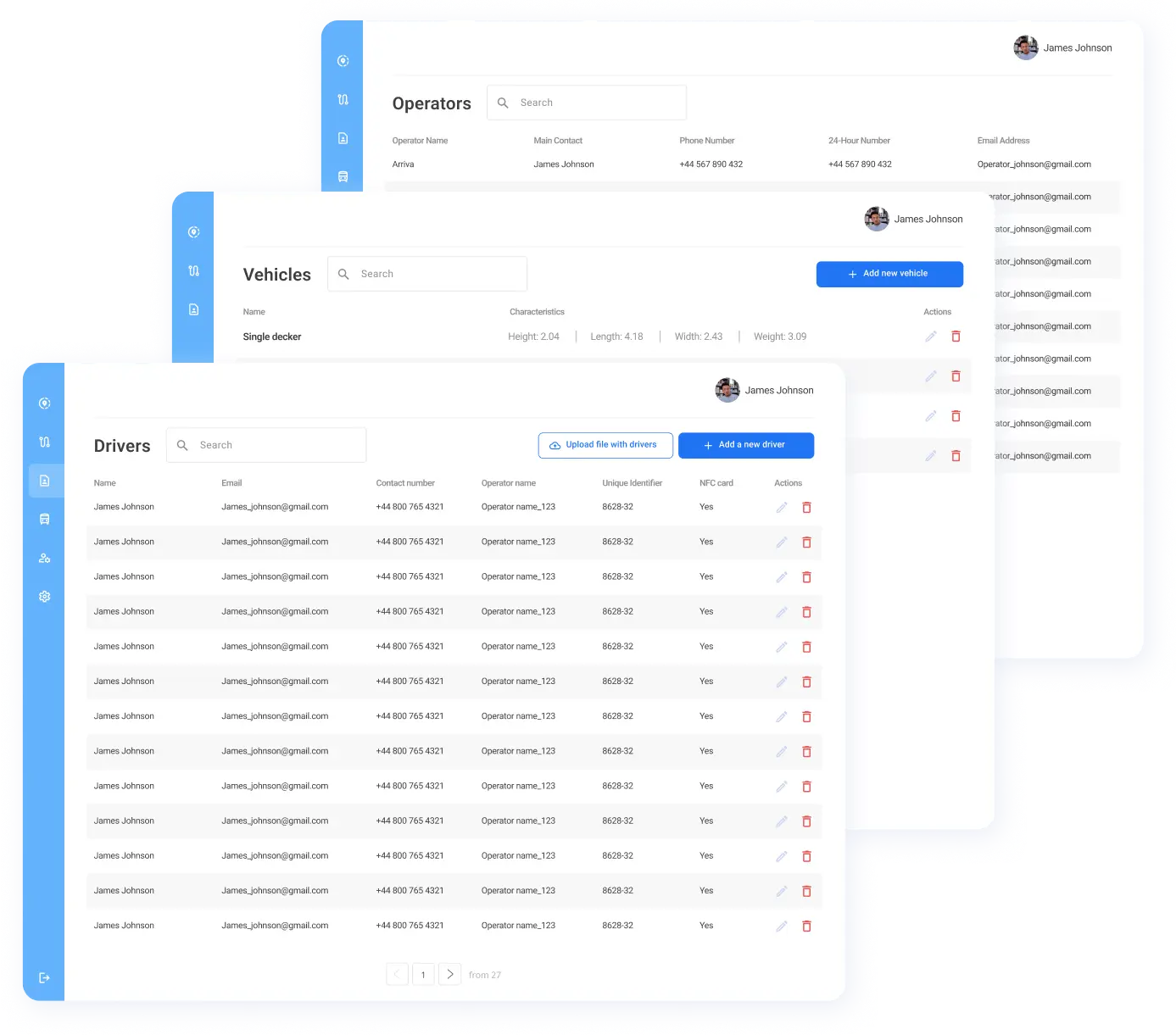
This software product serves multiple groups of users. We had to develop features that allow for both adding users and importing them from external databases using CSV files. Along with standard fields, CSV files contain conditional fields that may or may not be filled for different organizations or groups, complicating user validation.
During the project discovery phase, we had to investigate user roles and conditions for assigning certain roles. Based on this investigation, we developed an approach that let us quickly validate data from CSV files on the app’s front end and made importing user data fast and simple.
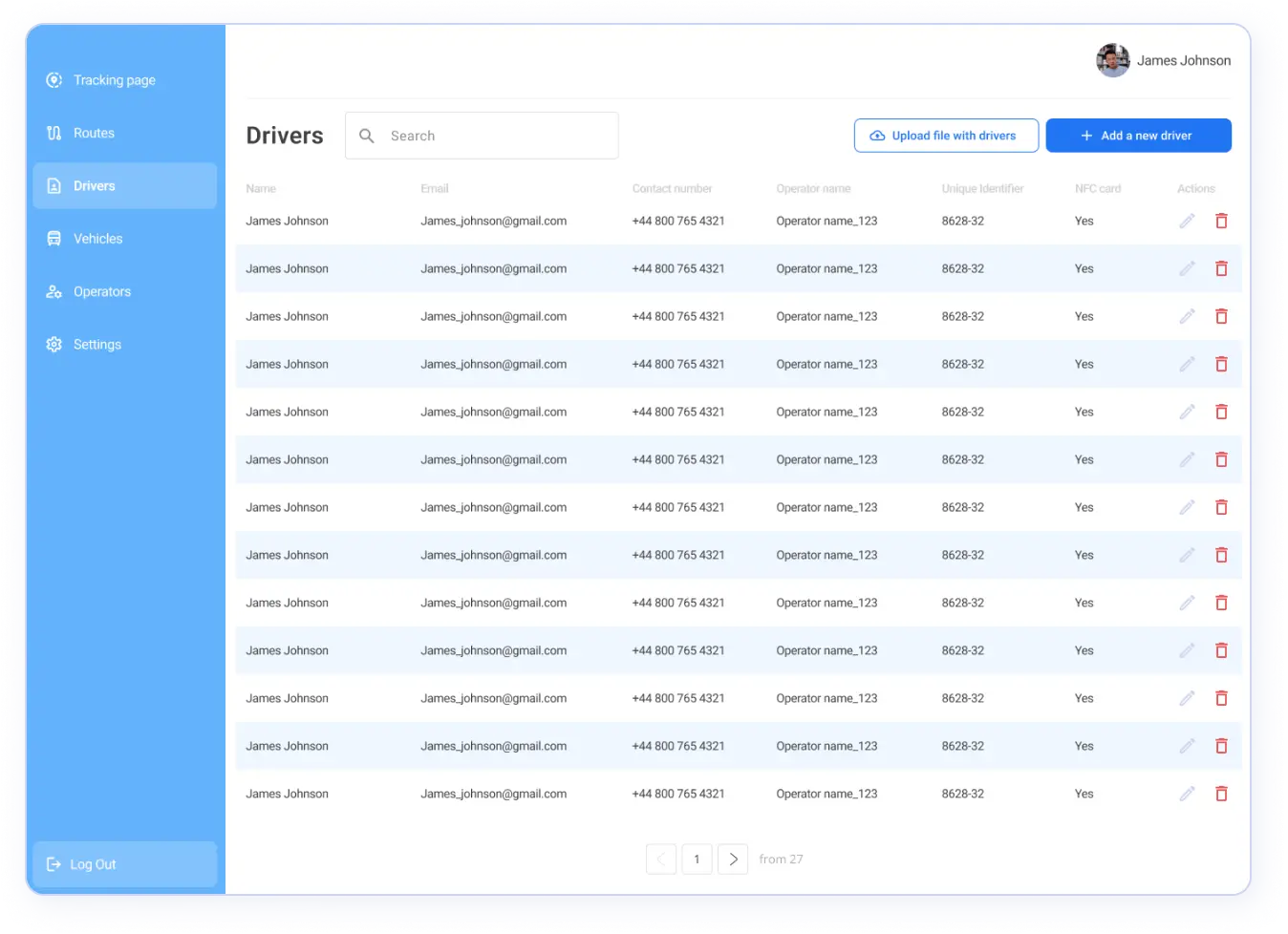


One of the crucial things we had to enable was seamless authorization for drivers. It was essential to make the process effortless and error-free and to minimize data entry steps.
We developed functionality for simple authorization using near-field communication (NFC) technologies. Every driver can now log in to the system within seconds just by tapping a small plastic card on a smartphone.


One of the challenges for the London transport system is optimizing routes for massive vehicles like double-decker buses. These types of vehicles don’t fit under low bridges, significantly limiting the number of routes they can take. Numerous requirements for efficient software originate from this challenge.
We used the capabilities of Azure Maps to optimize route development and solve this challenge. Based on a vehicle’s type and size, the driver is shown a safe and suitable route.
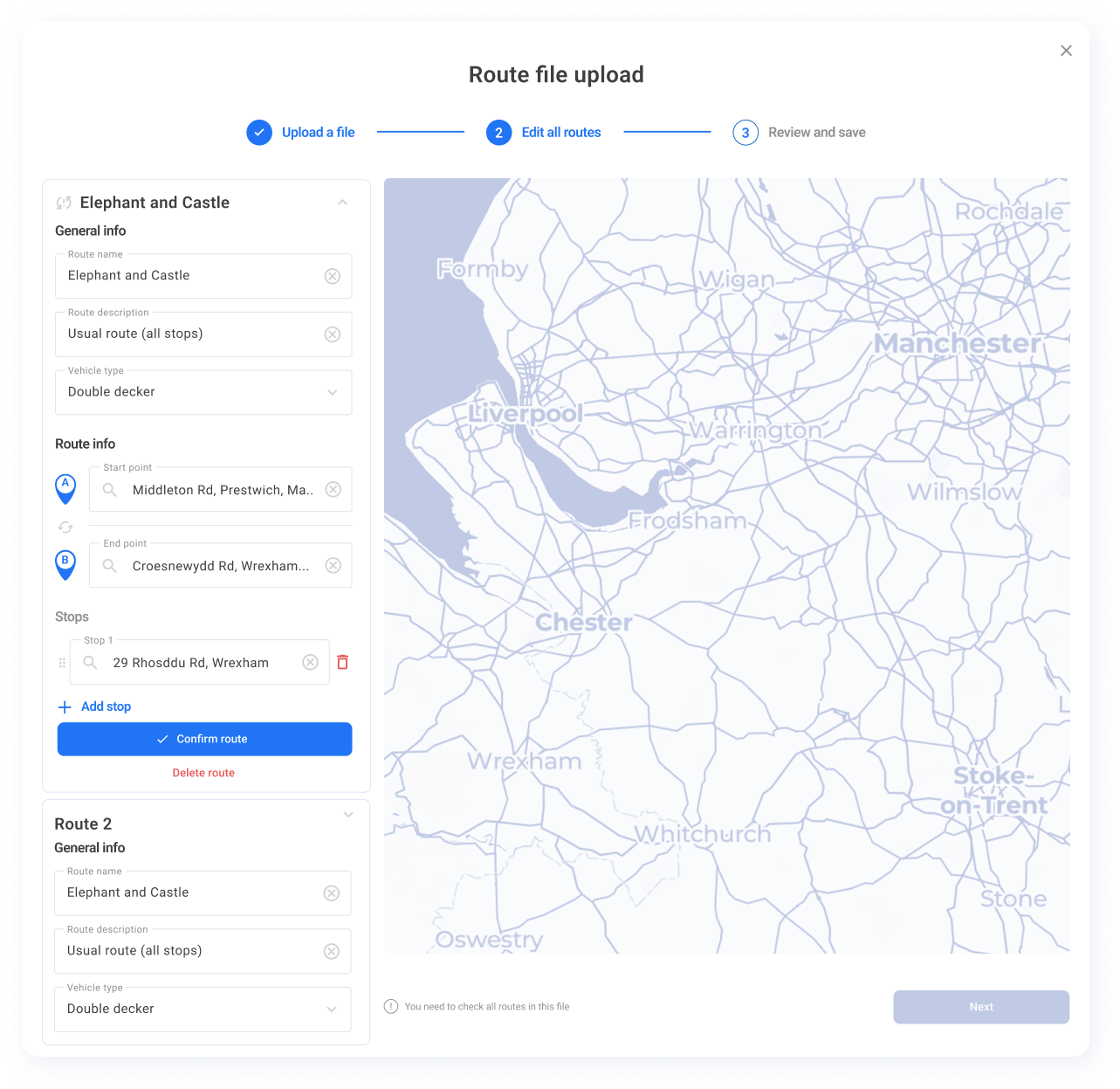
To ensure smooth and efficient operations, platform admins should be fully aware of the real-time situation on every route. Operators need to receive and view real-time information about vehicles, their types and locations, active drivers, congestion on routes, and other important information.
Our engineering team ensured an uninterrupted data flow from the driver’s mobile app to the application’s back end and to a web platform to allow real-time data exchange between operators and drivers.

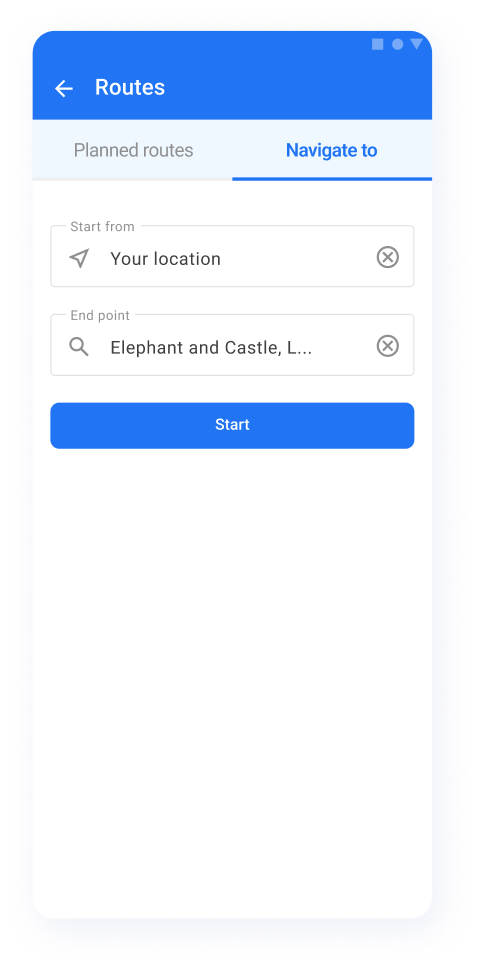
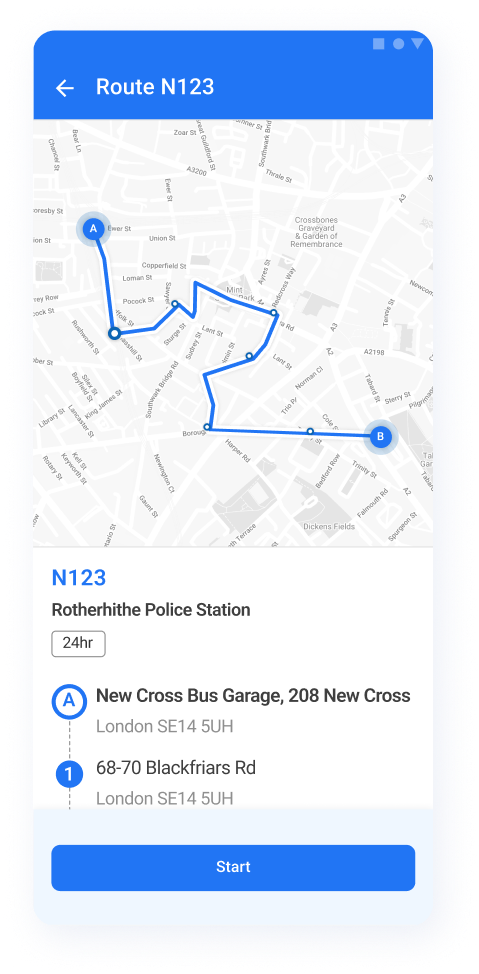
Route hazards may lead to schedule changes, delays, and even casualties. It was crucial to ensure drivers know about and can avoid possible hazards.
With implemented functionality, operators can import existing hazards from third-party databases and manually add them to the map; drivers get information about hazards as they are added.
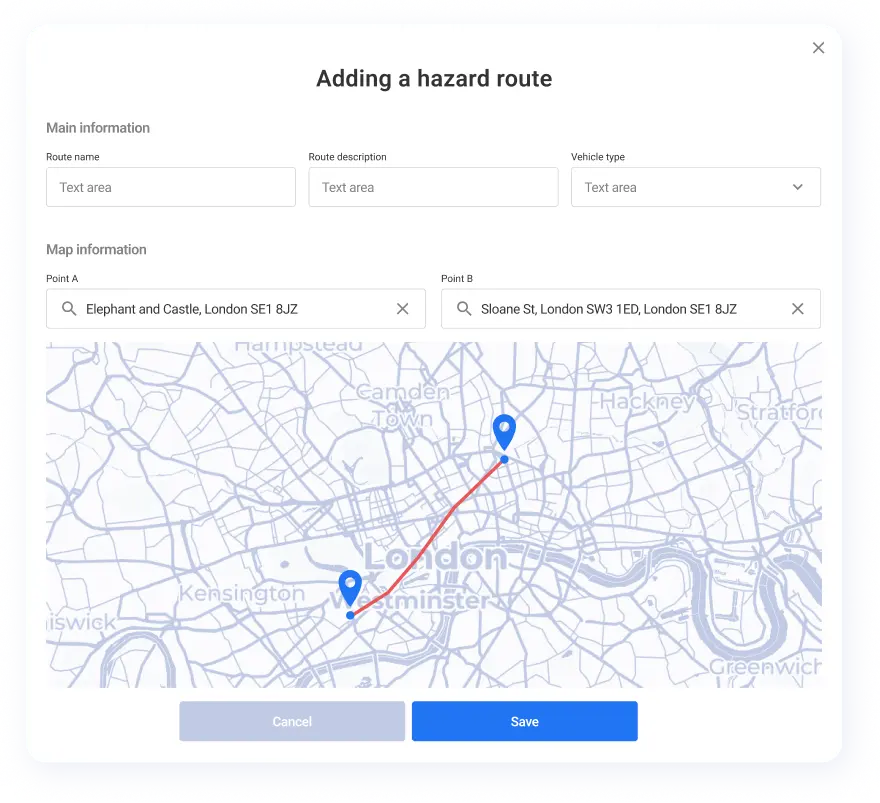
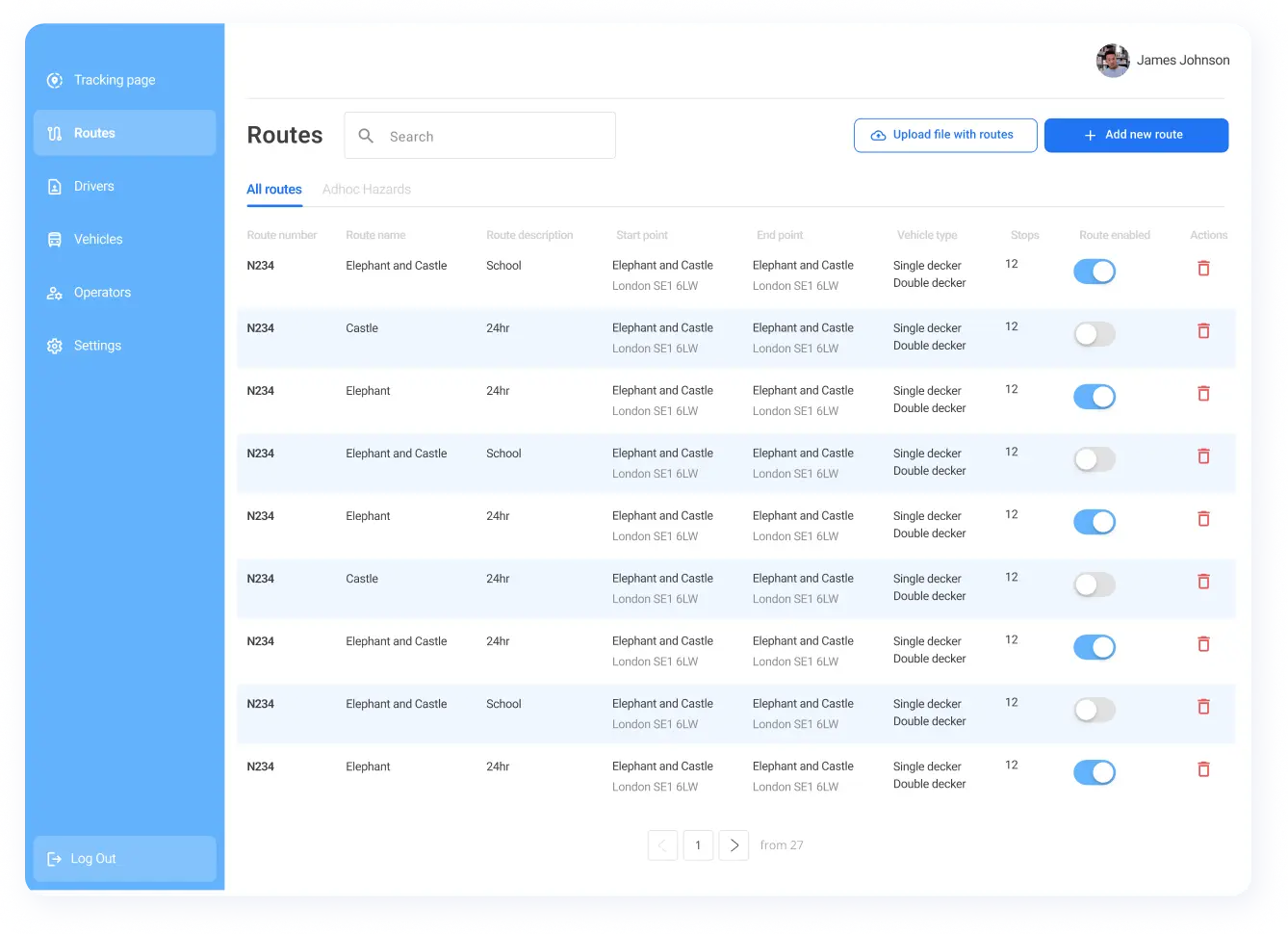
In the future, this app may help numerous transportation companies in the United Kingdom and all over the world make public transport faster and safer. Thus, the app’s architecture needed to be scalable and suitable to serve as the basis for a white label app.
We built this project with a white label product in mind.
The app’s architecture follows multitenancy principles. This makes it possible to scale and adjust the product to different organizations’ needs. Additionally, the app’s interface consists of easy-to-modify modules, so both the front and back ends may serve the needs of new organizations.

During the development phase, we implemented the following functionality in the admin web platform and the React Native mobile app for drivers.























The product is now live! Beta testers (real London bus drivers) are performing test rides and evaluating the app’s functionality and usability.
The company that uses this software expects a substantial decrease in injuries to people resulting from public transportation in the UK; additionally, they are collecting feedback from beta users and generating ideas for the product backlog to ensure further improvements to both the web platform and mobile application.